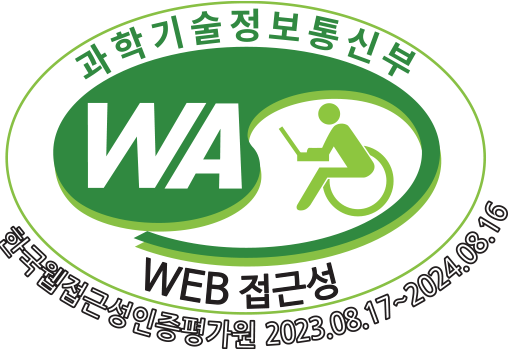Seoul under Japanese Control
In August 1910, Japan forcibly annexed the Korean Empire and established the Japanese Government-General of Joseon. This institution had virtually absolute authority over administrative, military, legislative and judicial matters. The prefectures of Seoul, Incheon, Gaesong and Gyeonggi-do were placed under the jurisdiction of the newly formed Capital Prefecture (Gyeongseongbu), while Seoul (then known as Gyeongseong) remained the capital. Located here was the headquarters of the colonial government, along with major businesses, schools and cultural institutions. Ethnic discrimination became institutionalized. Japanese residents were in charge of all administrative functions, and resources were concentrated in the area to the south of Cheonggyecheon Stream, where the Japanese lived. This was where one could experience the latest products and modern developments, but the Korean residents were only onlookers. The capital quickly modernized under Japanese colonial rule, but this modernity of the colonial city was merely an object of fascination for Koreans and did not include them.















